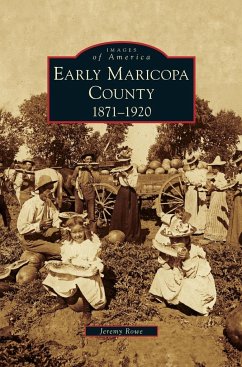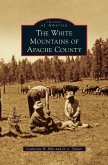In 1863, the first mining town, Wickenburg, was established in what would become Maricopa County, when it was created from parts of Pima, Yuma, Mohave, and Yavapai counties on February 12, 1871. Spanish Franciscan missionary Francisco Garces claimed the name "Maricopa" came from the Pima word for the Pipatsje, a Yuman tribe from the Gulf of California that migrated to Arizona's central valley long ago. Ten years after Maricopa County was established, Jack Swillings's original settlement had begun its evolution into the ever-expanding city of Phoenix. By the turn of the 20th century, Maricopa County was no longer just a dusty settlement for a few hundred sturdy souls. Its rich agricultural districts had grown in scope and breadth, since its irrigation systems were fed by the Salt and Verde Rivers impounded in Roosevelt, Apache, and Canyon Lakes. Phoenix led the explosive growth of Maricopa County and Arizona, and by 1920 had become a dynamic, vibrant state capital. Today Maricopa County is the state's major economic engine and home to the fifth largest city in America.
Hinweis: Dieser Artikel kann nur an eine deutsche Lieferadresse ausgeliefert werden.
Hinweis: Dieser Artikel kann nur an eine deutsche Lieferadresse ausgeliefert werden.








